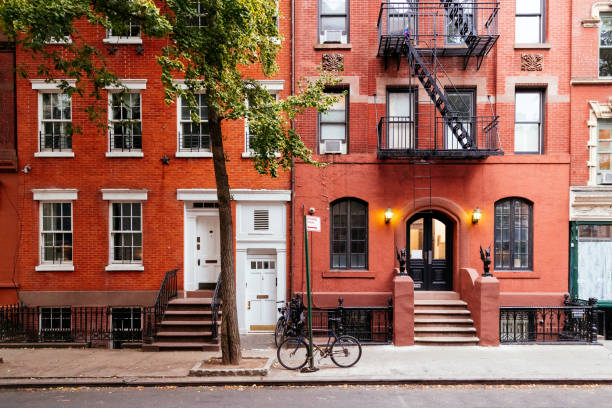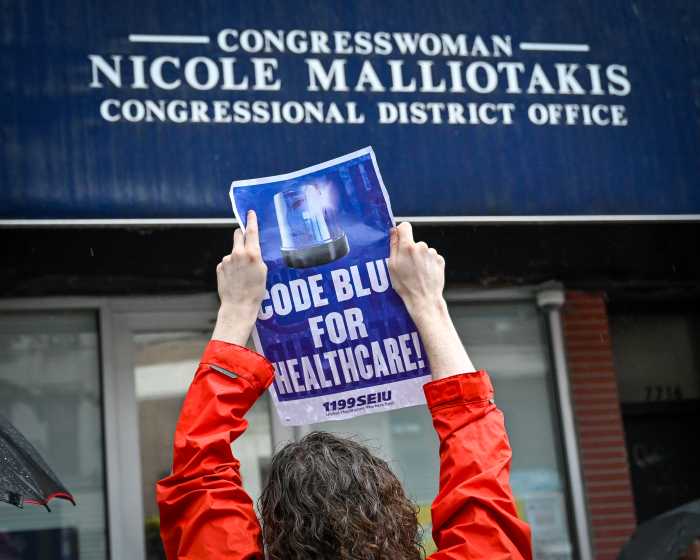
Congratulations! You’ve completed four hard years of studies, earned your degree and you’re heading to the Big Apple for your dream job.
Now comes the hard part: finding a city apartment without breaking the bank. Real estate listings site StreetEasy released a report Wednesday that analyzes the affordability options for recent college graduates based on the New York market and their salaries.
Not surprisingly, young adults have only a few neighborhoods to turn to, among them Astoria, Bedford-Stuyvesant, Bushwick and Crown Heights, if they want to have a prayer of living affordably and not in crowded homes.
“These neighborhoods are a great first step for people looking to come into the city, save some money and move forward,” said Alan Lightfeldt, a StreetEasy data scientist.
Still, even those neighborhoods cost a pretty penny. Median asking rents for Astoria, for example, are $2,200 a month according to the site, not an insignificant burden for graduates who make a median starting income that ranges between $28,460 for education majors to $55,150 for business majors.
An average New York household spends about 60% of its income on rent, according to StreetEasy.
The website used information from a variety of sources, such as demographic data on New York newcomers between 21 and 25 and expected salaries for various majors from the Occupational Employment Statistics survey. Lightfeldt’s team compared the data to StreetEasy’s listings to determine which neighborhoods would be adequate based on rent-to-income ratio and the number of roommates. The more grad-friendly neighborhoods add to their appeal by “transforming to meet the needs of those new residents,” Lightfeldt said. “They’ve created the cafes, bars and other shops that appeal to the graduates.”
Young newcomers are thinking outside of the box because of spiraling rents, said Rosemary Wakeman, the director of Fordham University’s urban studies program. As the up-and-coming neighborhoods continue to develop and those amenities, they won’t stay affordable for long, she said.
“They aren’t looking for large apartments but smaller spaces that are closer to their social needs,” she said.
Although the StreetEasy report found that business majors have it easiest, with a smaller rent-to-income ratio than other majors, Lightfeldt said people with other degree can still succeed here.
He pointed to the booming tech sector as one area potentially open to liberal arts graduates, who can still acquire the skills necessary to pursue careers in start-ups.
In terms of finding a place to live, Lightfeldt stressed that newcomers to the city should be open minded about their options and not afraid to share the cost of living with their peers.
“Our study assumes that the roommates would contribute to the same amount as you are,” he said. “Being open to a roommate or two improves the affordability picture.”
The report drives home the fact that the city’s character comes into question when young professionals can’t afford to live here, experts said.
Jonathan Bowles, the executive director of the Center for an Urban Future, said following through on the de Blasio administration’s affordable housing is essential to keep young grads flocking to the city as they traditionally have. Wakeman agreed.
“This is a big question that people are asking right now,” she said. “New York has become unaffordable to the young artistic class.”


































